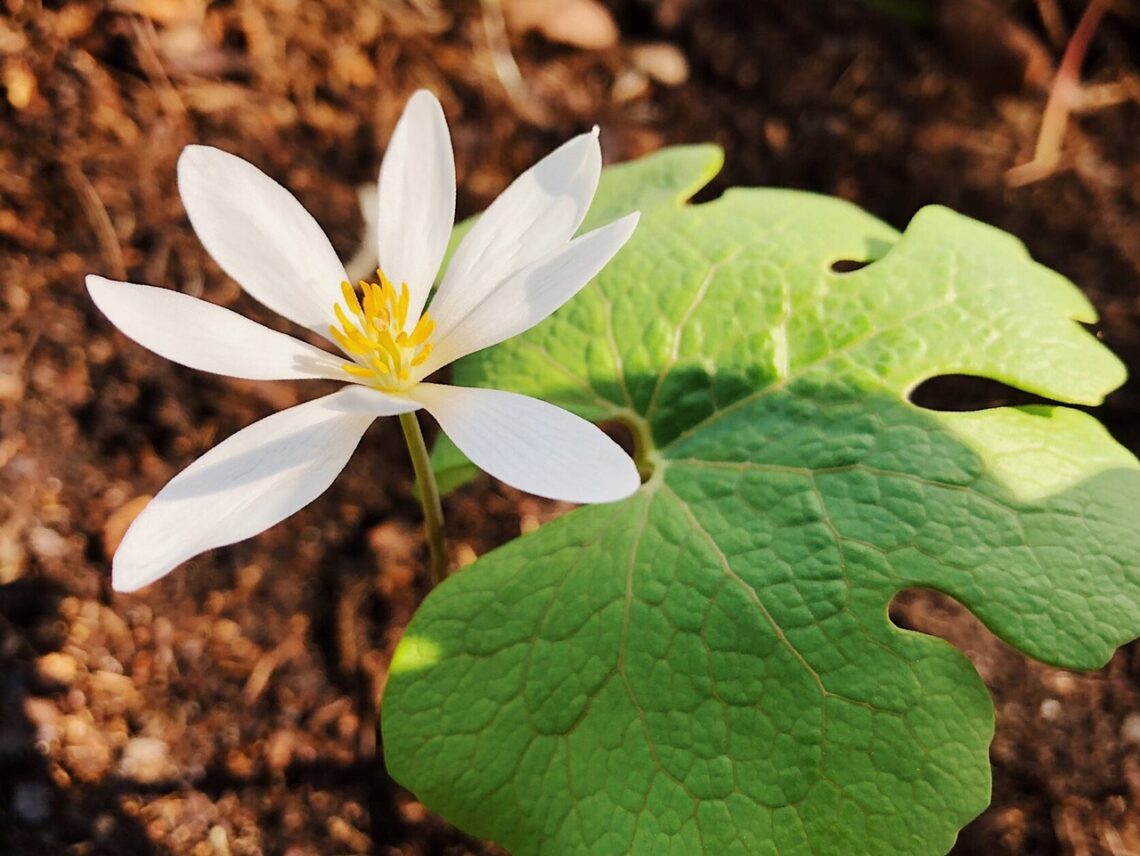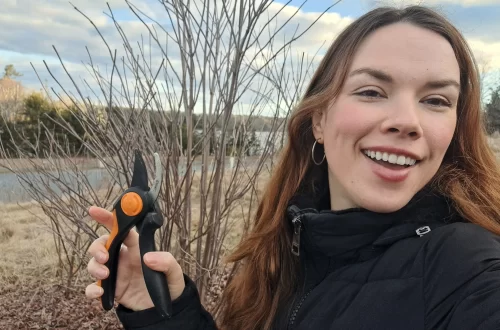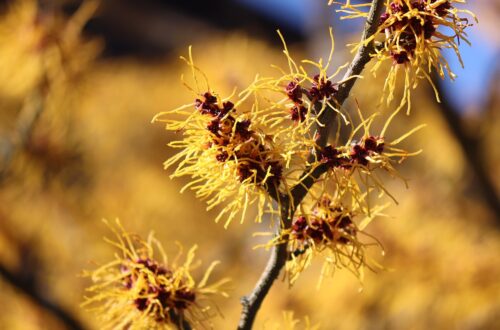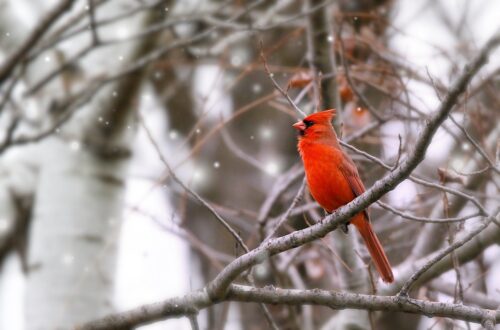Do you keep a native plant garden? Try these native spring ephemerals for early spring flowers!
Tulips, daffodils, grape hyacinth and true hyacinth are common sights in spring gardens and their boldly colored blooms are always a pleasure to see after the long winter months. Technically, these plants are ephemerals, but they aren’t native to North America and they don’t offer the same benefits to gardeners and wildlife as North American native spring ephemerals. If you want to liven up your flower beds, help out pollinators and enjoy spring flowers as early as possible, the native wildflowers in this guide are hard to beat… and they’re ultra-low maintenance too!
Affiliate disclosure: As an Amazon Associate, I may earn commissions from qualifying purchases.
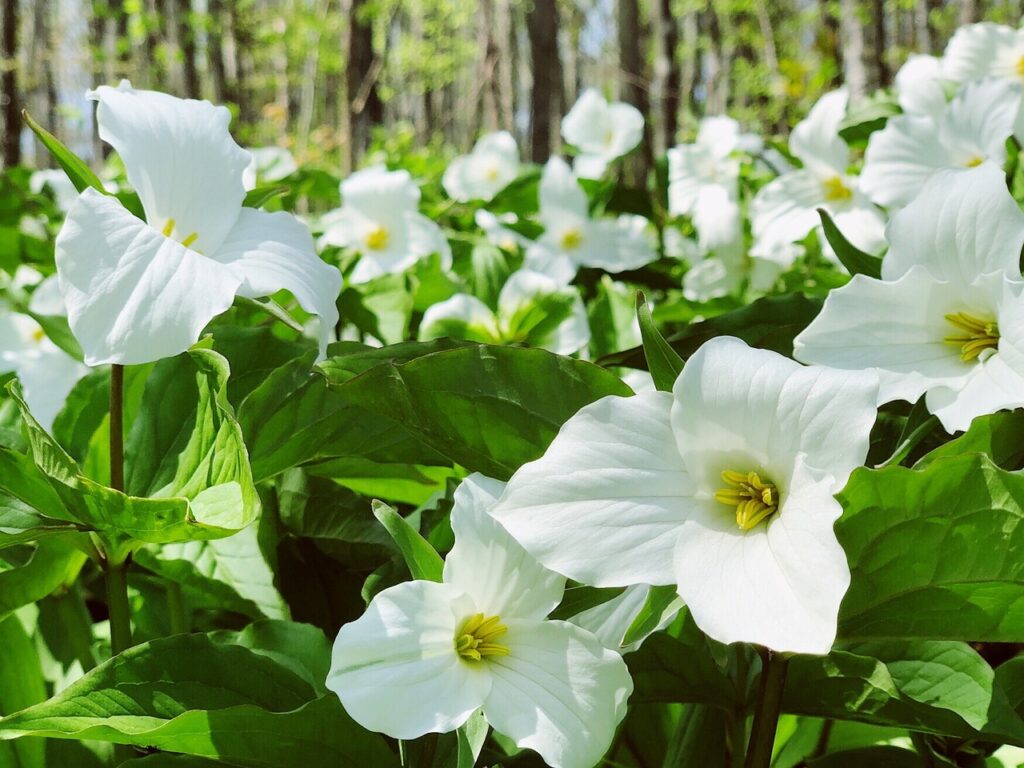
What Are Spring Ephemeral Plants?
Spring ephemerals are some of the earliest plants to bloom after winter and they begin flowering weeks or even months before most other garden plants. Depending on where you live, you may be able to spot spring ephemerals in March or April, but in some areas, they pop up even earlier… when there’s still snow on the ground!
Aside from their early bloom times, one of the other key characteristics of spring ephemerals is that these plants have a short flowering window. After flowering, ephemeral plants die back and their leaves, flowers and stems seem to disappear entirely! But not to fear, most ephemerals are perennials and they just lie dormant until they rebloom again in spring.
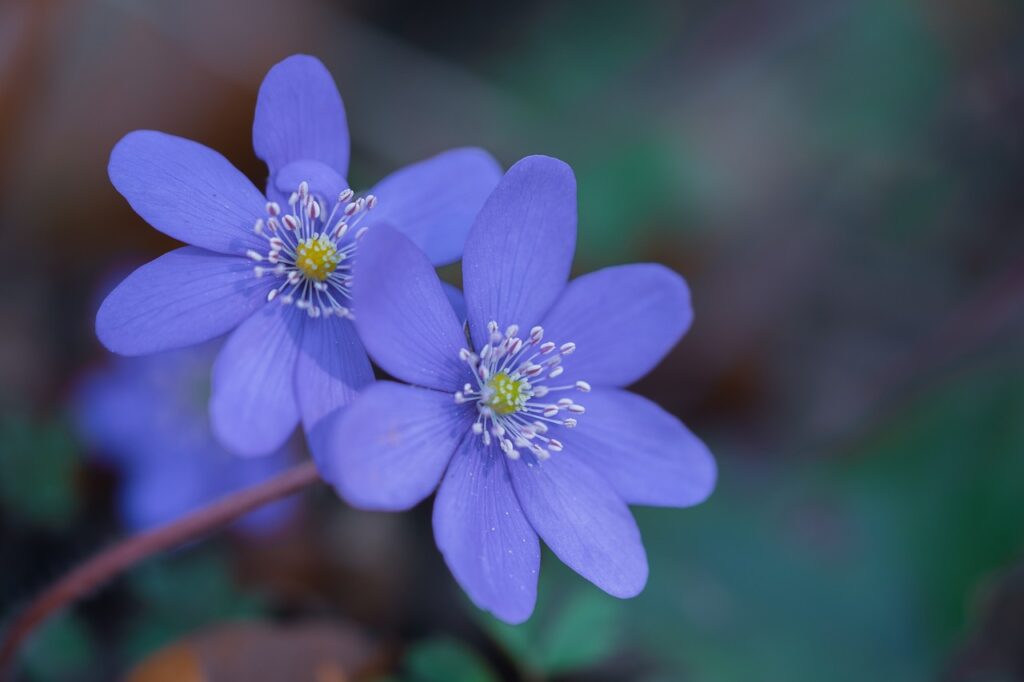
What Makes Native Spring Ephemerals So Special?
While tulips and daffodils are probably the most well-known ephemerals, they aren’t native to North America. In fact, tulips hail from Asia and daffodils are native to Europe and parts of Northern Africa. These early flowers still offer some benefits to spring pollinators, and they’re much loved in bouquet making, but if you want to get more benefits out of your spring garden, native ephemerals are the way to go.
Native spring ephemerals are ultra hardy plants that are well-adapted to cold weather and the chilly, drying winds of early spring. These plants bloom earlier than most other flowers, providing a steady source of pollen and nectar to native pollinators long before other plants emerge. Plus, their easy-going nature means these native plants don’t need much maintenance!
If you’ve ever grown native plants before, you know just how no-fuss they can be. Compared to non-native species, native ephemerals typically need less water and fertilizer and minimal-to-no pruning. Not to mention, native wildflower plants are over 4 times more attractive to pollinators than non-native species and native ephemerals are so cold hardy they typically don’t need any extra insulation to survive the winter months.
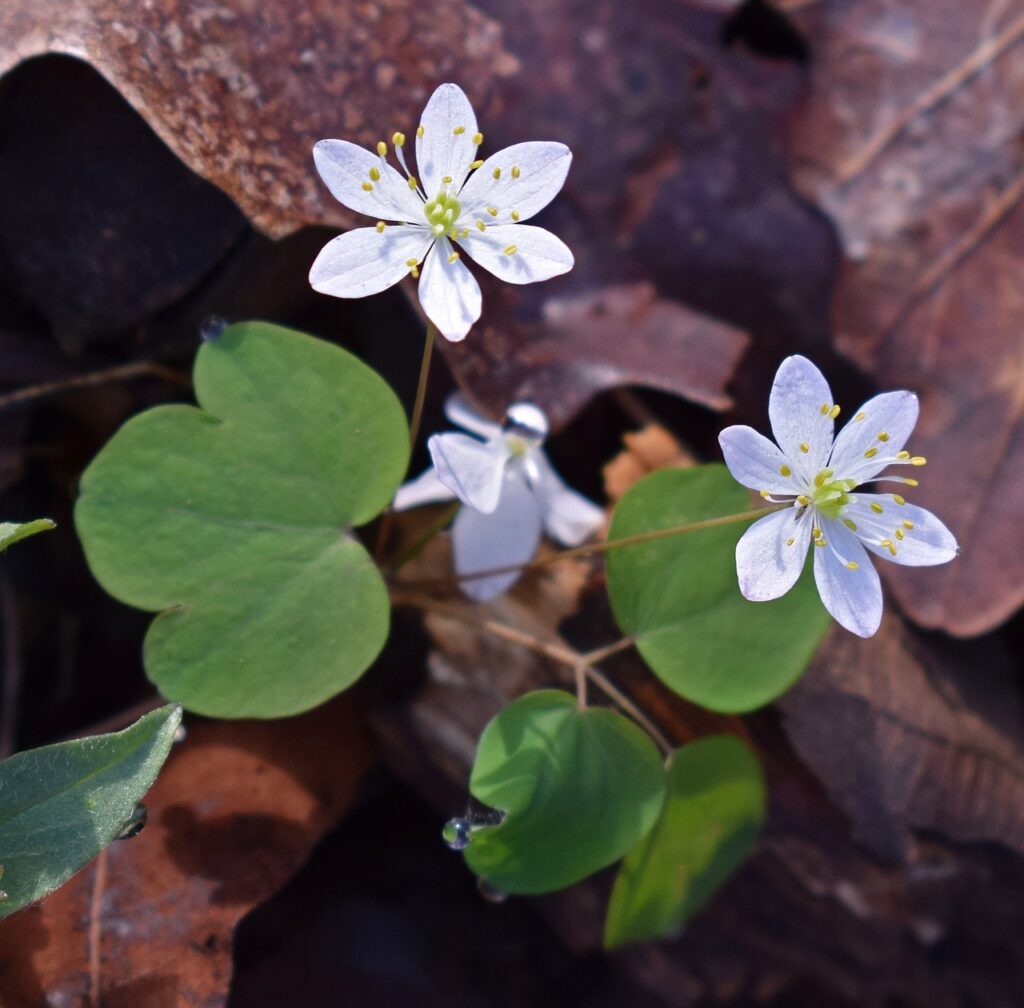
How to Use Native Spring Ephemerals In Your Garden
Like tulips and daffodils, most spring ephemerals grow from bulbs or corms, which are planted in early autumn (or early spring in some areas). Once established, native spring ephemerals will typically spread and form colonies of plants, which can be divided into new plants or allowed to grow wild. But while these plants may naturally spread, they are native plants, so you don’t need to worry about them becoming invasive!
Many native ephemerals grow wild in forested landscapes and they do most of their growing in the dappled light of early spring before trees leaf out fully. If you have a wooded property, you can grow many spring ephemerals in shady areas, but you can find ephemerals to grow in sunny locations too.
One of my favorite ways to use spring ephemerals is by succession planting them with plants that bloom later in the season. For instance, I may grow Virginia bluebells with hostas or bloodroot with certain species of ferns. By the time the bluebells and bloodroot fade, the hostas and ferns will be ready to take over!
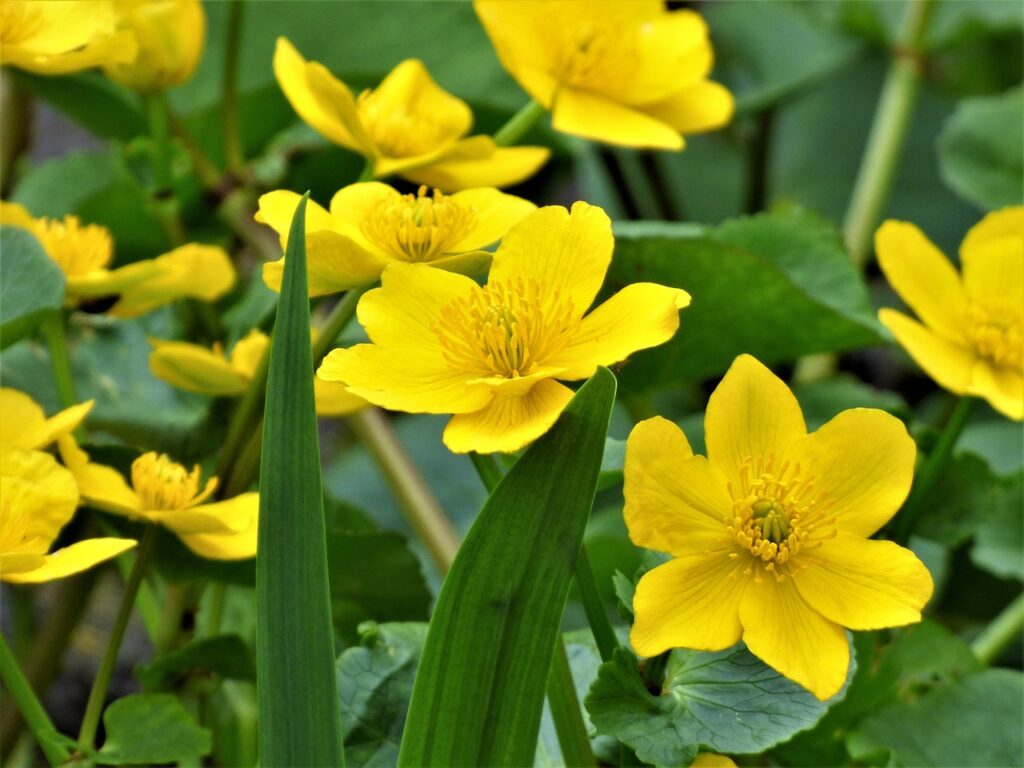
Native North American Ephemerals To Grow in Your Garden
What plants are native to your growing location will depend on where you live. I definitely recommend perusing websites like the Xerces Society for a full list of native ephemeral plants, but to get you started, I’ve listed some of my personal favorite native ephemerals below. You’ll find that many of these plants grow wild in a wide range of growing locations and some of these plants grow happily in both sun and shade too!
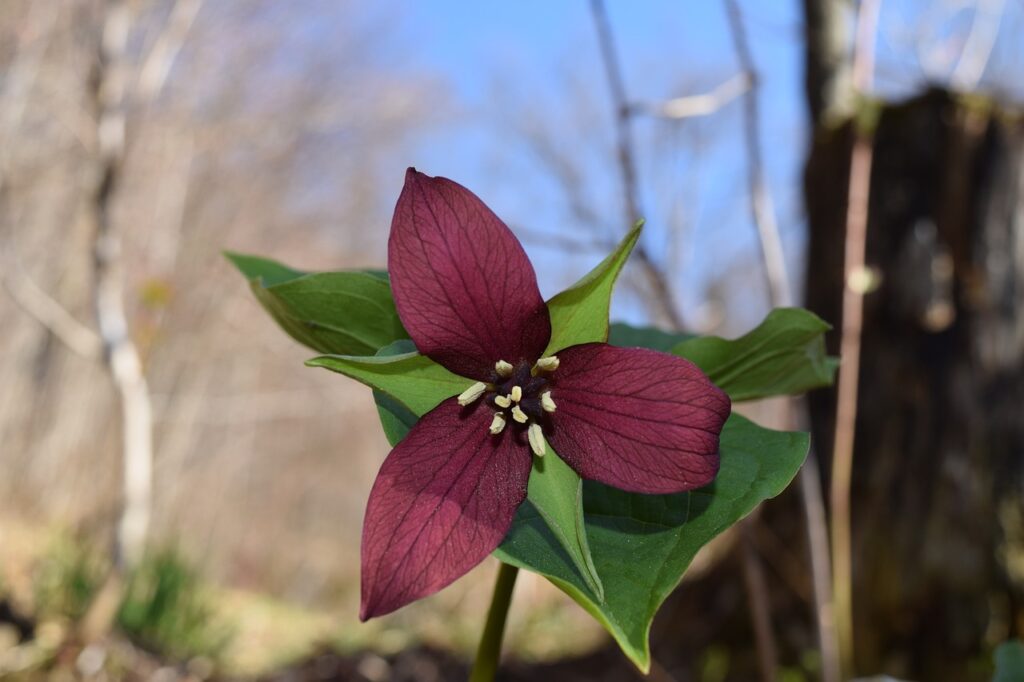
Trillium (Trillium spp.)
There are over 30 species of trilliums that are native to various regions throughout North America, including the showy red trillium (Trillium erectum) and the classically pretty, great white trillium (Trillium grandifolium). These dainty plants generally grow in moist, forested areas and part shade, although trilliums may need additional shade if they’re planted in hot locations. Just be sure to only purchase trilliums from reliable suppliers as some varieties of trilliums are endangered or threatened and they should not be gathered from the wild.
- Light requirements: Part shade or full shade in hot areas
- Water requirements: Minimal water once established
- Primary pollinators: Beetles, moths, native bees
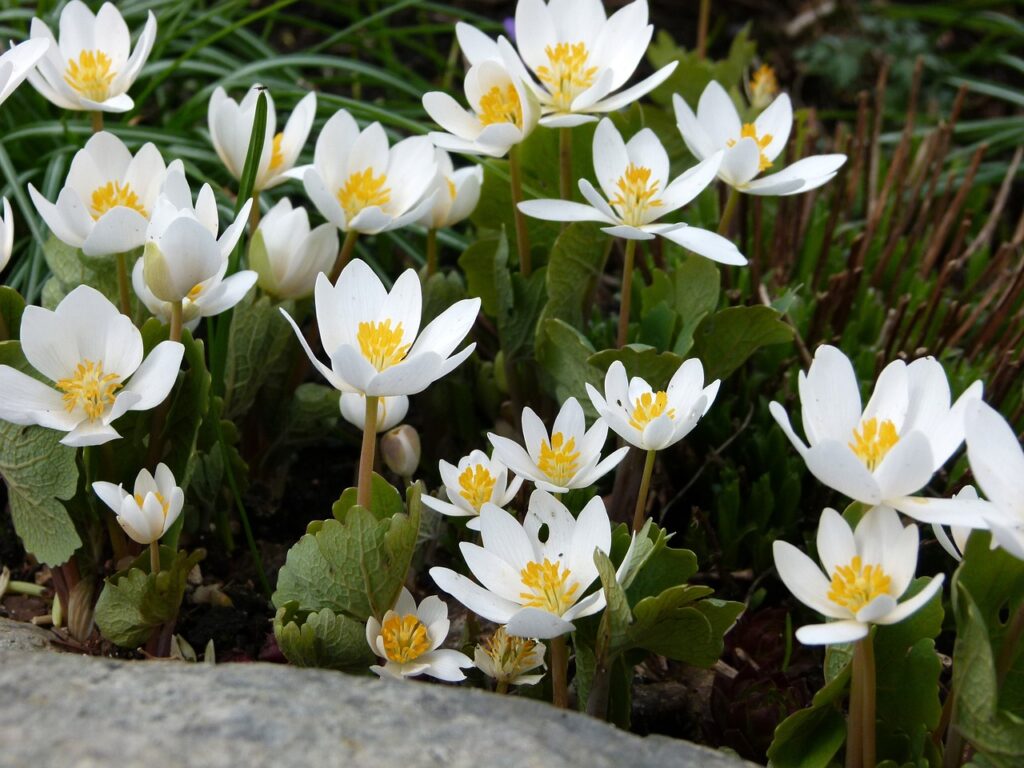
Bloodroot (Sanguinaria canadensis)
Bloodroot is a funky little, shade-loving plant with bright white flowers and lobed leaves that unfurl dramatically in spring… kind of like how Dracula unfurls himself from his cape! These plants are named for the bright red sap that oozes from their cut roots and this sap has been used as a dye by the Peoples of the First Nations. Just be careful when handling these plants though, as bloodroot sap can irritate skin.
- Light requirements: Full to part shade
- Water requirements: Minimal water if grown in shade
- Primary pollinators: Native bees, like mining bees and sweat bees
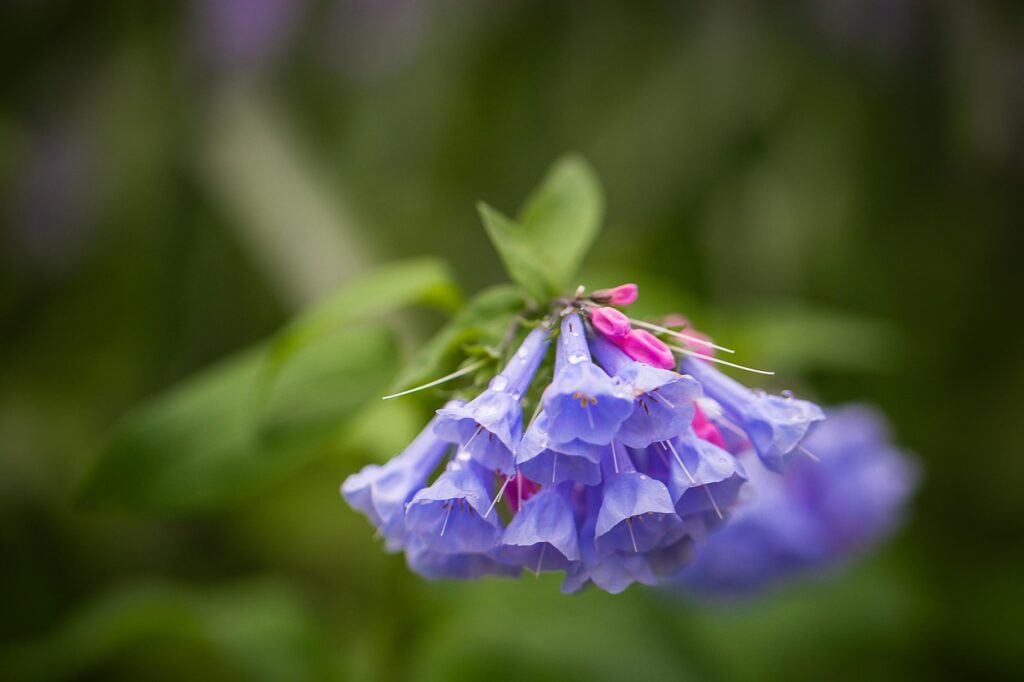
Virginia Bluebells (Mertensia virginica)
Virginia bluebells have color-changing flowers that start off as pink buds and mature into bright blue flowers as the plants wake up in spring. Bluebells are a bit taller than many other native spring ephemerals, which helps their gently nodding flowerheads stand out in a mixed planting arrangement. For a more natural look, I like planting clusters of at least 3 to 5 bluebell plants together (this also makes plants easier for pollinators to see from a distance!)
- Light requirements: Full to part shade
- Water requirements: Average
- Primary pollinators: Honeybees and native bees
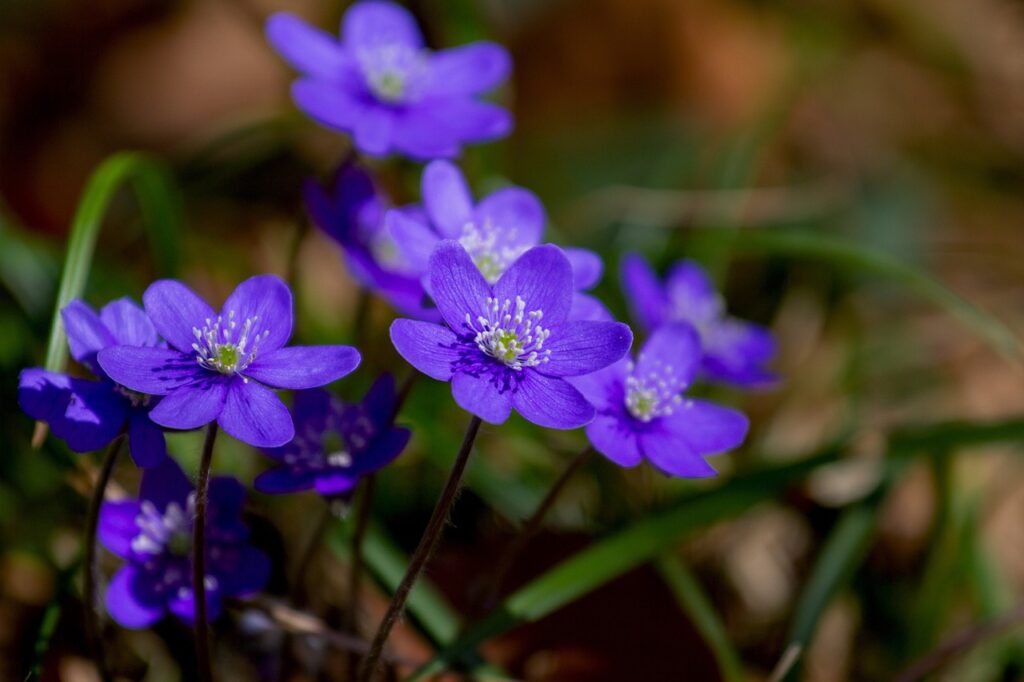
Hepatica (Hepatica spp.)
Hepatica is another low maintenance ephemeral that thrives in moist areas and partial sunlight. Growing this springtime favorite beneath deciduous trees is a smart way to use up empty garden space, since these plants will fade before your trees sprout their leaves. Among its many charms, hepatica boasts darling purple or white flowers and lobed leaves that are said to resemble the shape of the human liver (this is how hepatica got its name!)
- Light requirements: Full to part shade
- Water requirements: Average
- Primary pollinators: Native bees, like carpenter bees and sweat bees
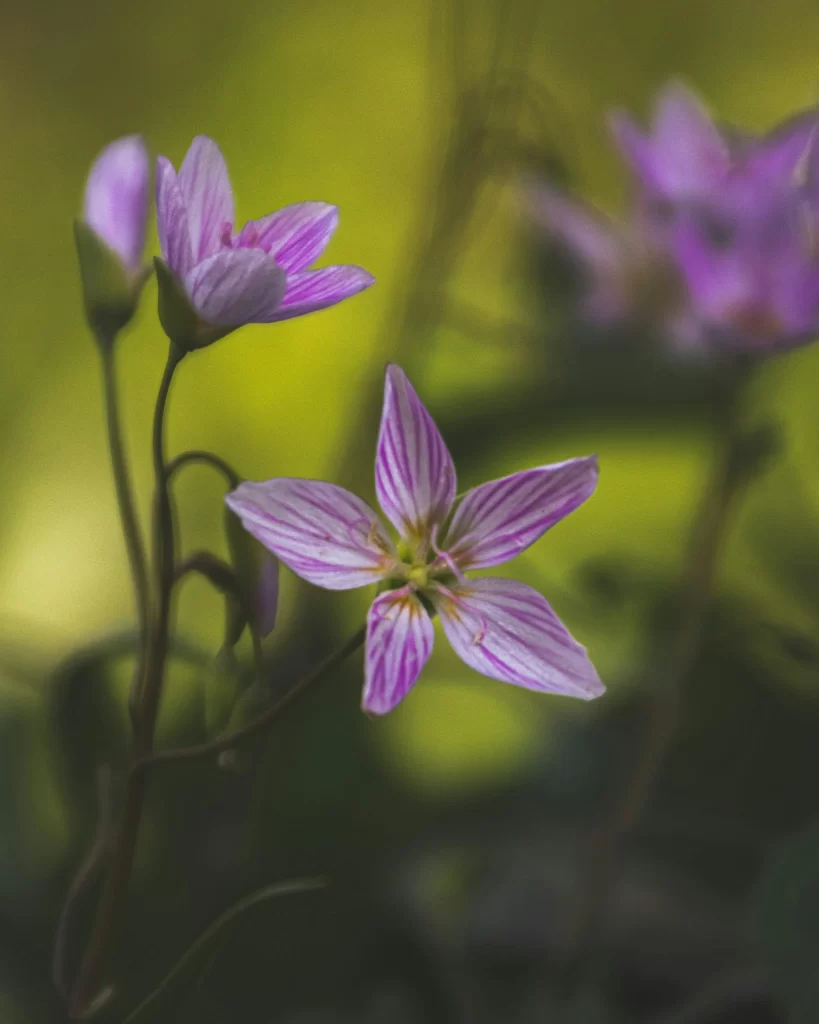
Claytonia (Claytonia virginica)
Also known as spring beauty, claytonia plants may look delicate, but they can tolerate a lot of cold and a range of soil types too. These plants are a favorite stopping spot for native bee species, like cuckoo bees and mason bees, and they grow well in shade. Native throughout most of the Eastern Coast, claytonia plants only grow to a few inches tall and they pair beautifully with other spring ephemerals!
- Light requirements: Full sun to part shade
- Water requirements: Average
- Primary pollinators: Native bees and syrphid flies
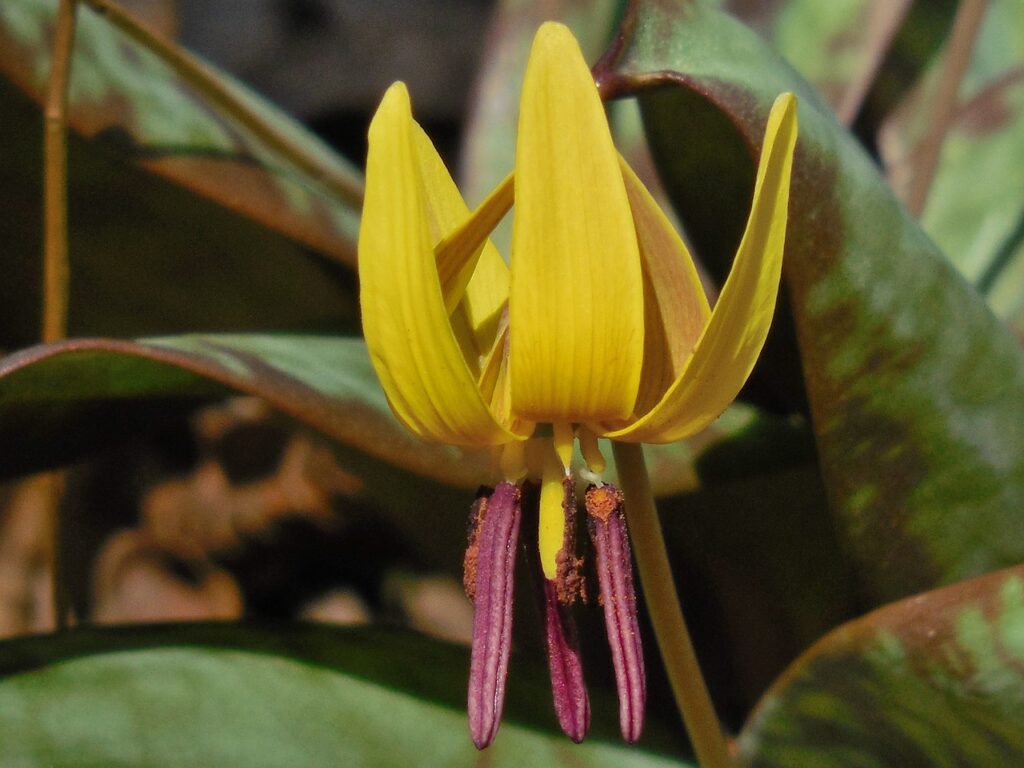
Trout Lilies (Erythronium americanum)
One of my personal favorites, trout lilies are sprightly little plants with bright yellow blooms and spotted leaves, which are said to resemble the speckled skin of a trout. Like many other ephemerals, trout lilies form colonies as they spread and age, but plants enter a state of dormancy by mid-summer. Yellow trout lilies are the easiest to find in my region, but if you look around, you may be able to locate white trout lilies too!
- Light requirements: Full to part shade
- Water requirements: Average
- Primary pollinators: Native bees, including mining bees
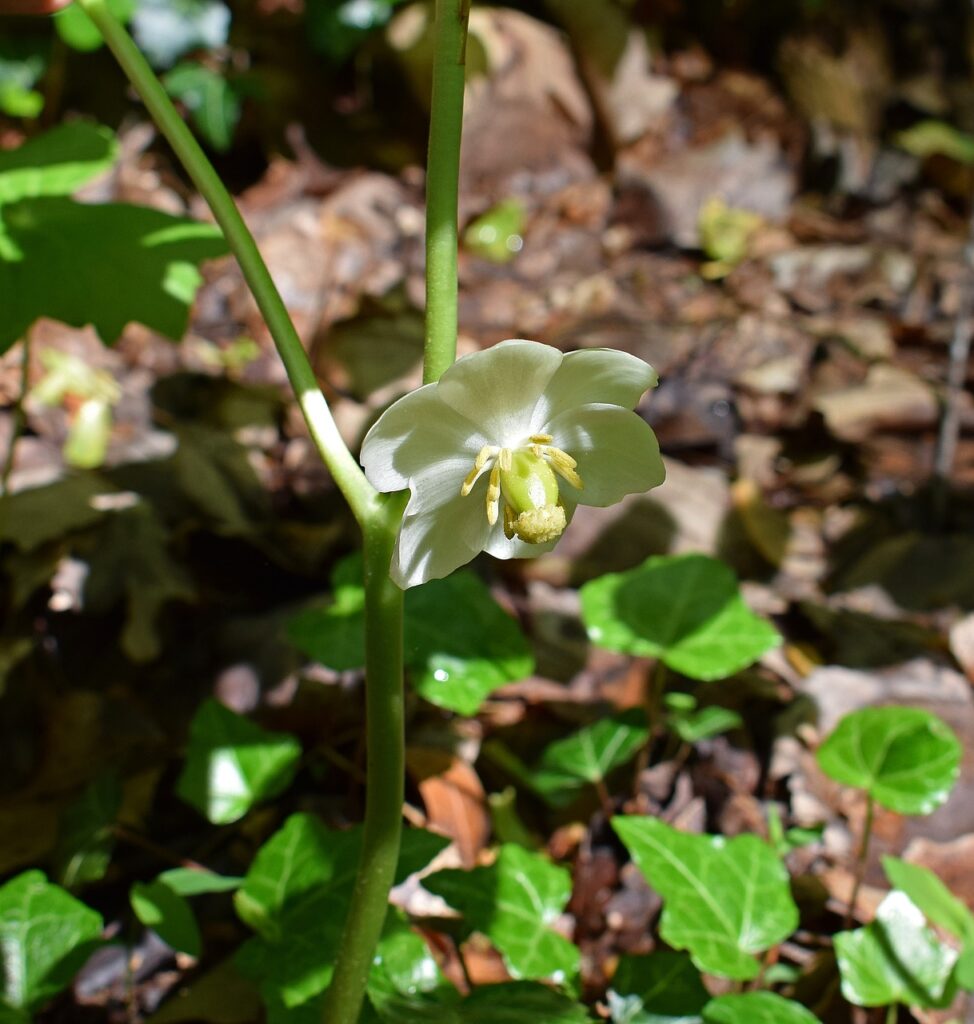
Mayapple (Podophyllum peltatum)
Also known as the American mandrake, mayapples are stately plants with umbrella-like leaves and slender stems that reach up to 1 to 1 ½’ high. These plants colonize wooded areas and tolerate both shade and part sun. May apples typically produce charming white or pink flowers by April, which are particularly appealing to queen bumblebees!
- Light requirements: Full to part shade
- Water requirements: Average to high
- Primary pollinators: Queen bumblebees and other native bees
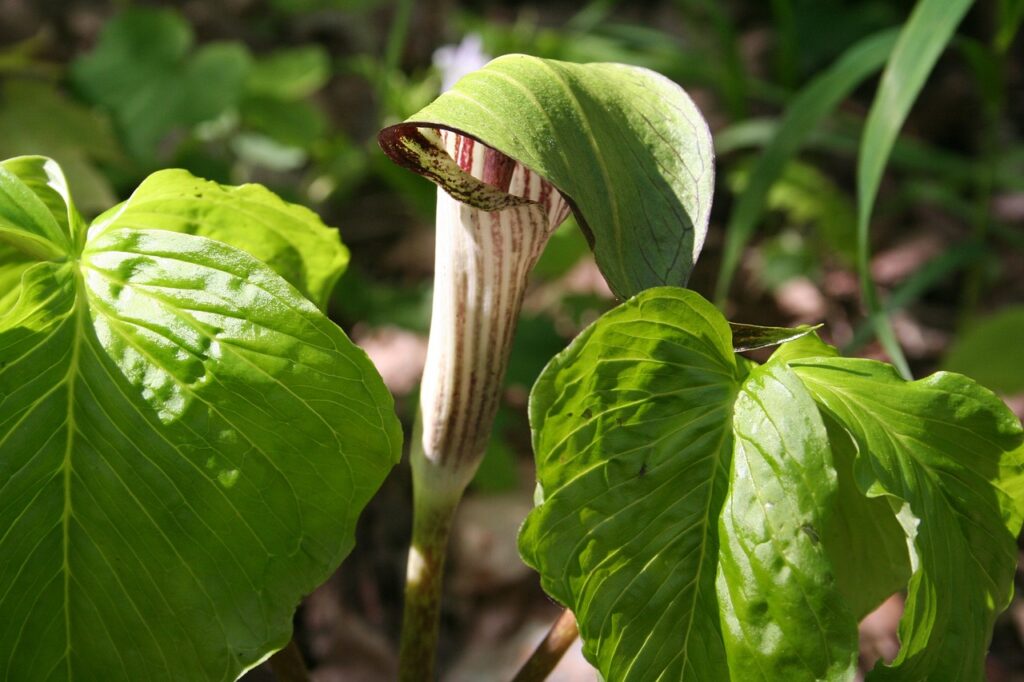
Jack in the Pulpit (Arisaema triphyllum)
If you love curious looking plants, jack in the pulpit is a fun plant to grow. This North American native may look like a carnivorous plant, but it doesn’t “eat” insects. Instead, jack in the pulpit coaxes insects to visit its unique cup-life flower for pollination purposes only… and it thrives in shade!
- Light requirements: Full to part shade
- Water requirements: Average
- Primary pollinators: Gnats
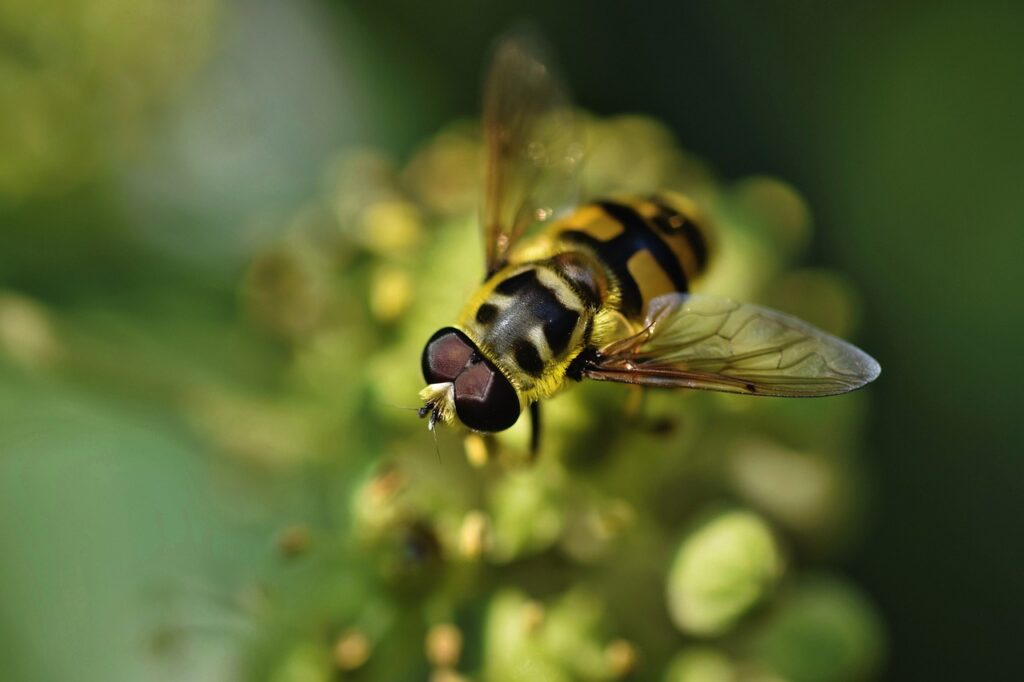
Bellwort (Uvularia grandiflora)
Also known as merrybells, bellwort somewhat resembles the trout lily, although this plant’s yellow blooms face downwards and its leaves are a solid green color. Bellwort belongs to the lily family and can be naturally found growing in wooded areas, although you’ll have luck planting it beneath deciduous trees and in other shady spots too. Another native bee favorite, bellworts naturally form clumps as they spread, adding a much-needed pop of color to early spring gardens!
- Light requirements: Full to part shade
- Water requirements: Minimal water once established
- Primary pollinators: Native bees, ants
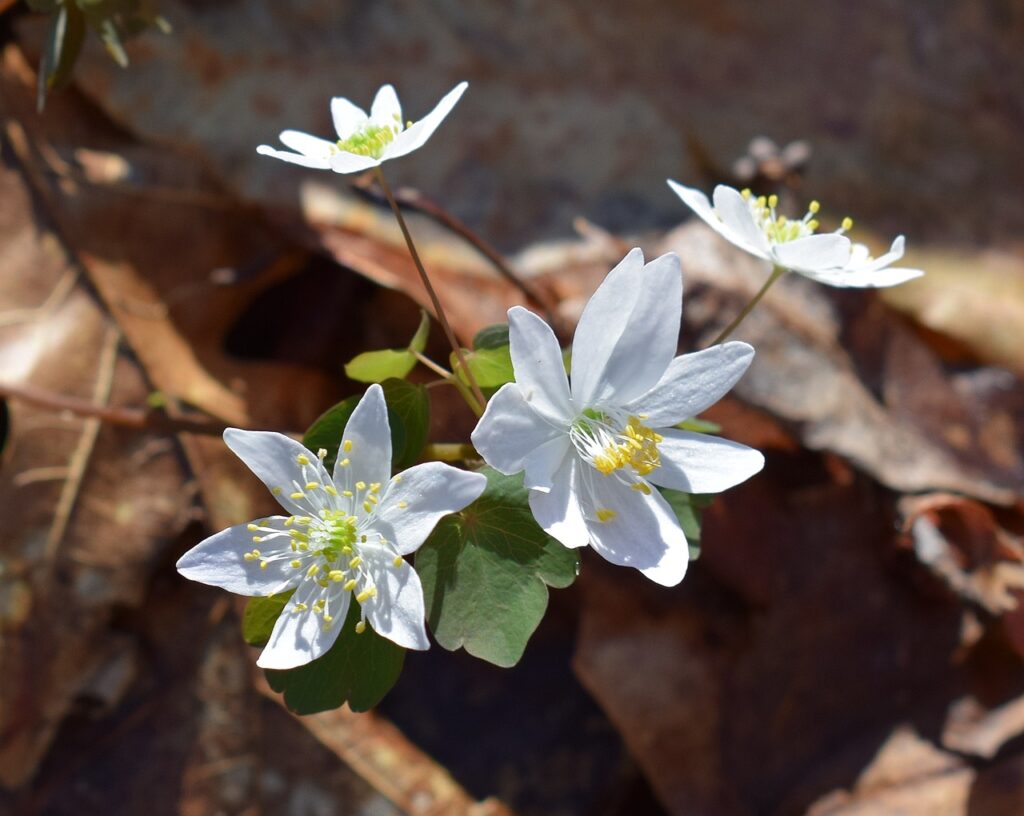
Rue Anemone (Thalictrum thalictroides)
As with many native ephemerals, rue anemone is a slow grower, but it’s worth waiting for. Undoubtedly pretty, rue anemone graces spring gardens with its white to pink flowers and its easy going nature. Interestingly, this beauty is closely related to buttercups and it does best in well-draining soil and full to part shade.
- Light requirements: Full to part shade
- Water requirements: Average
- Primary pollinators: Native bees and flies
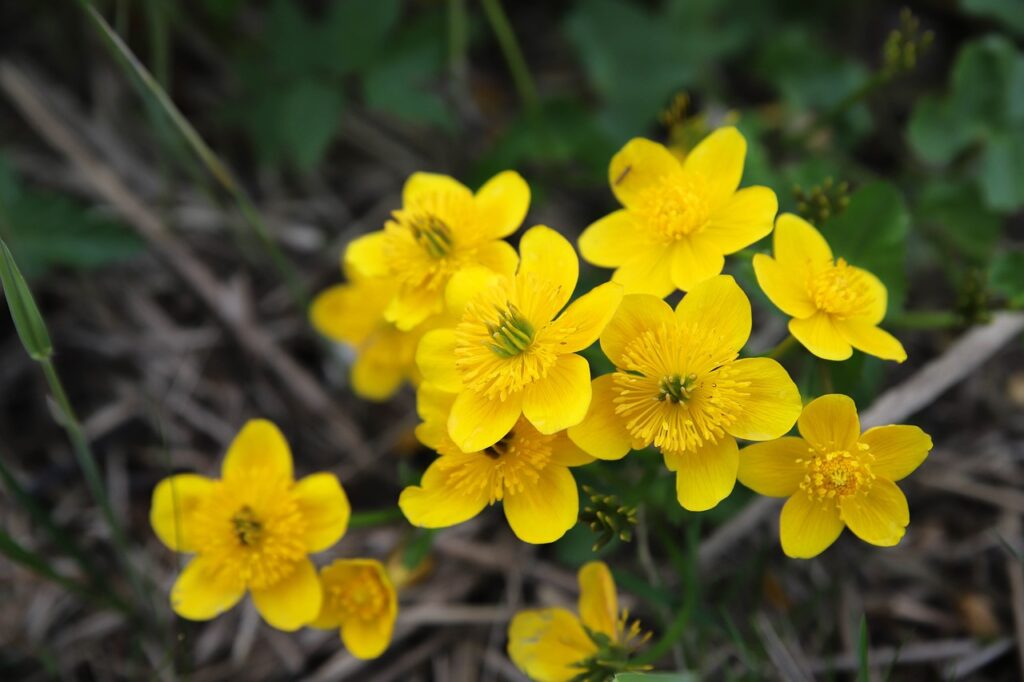
Marsh Marigold (Caltha palustris)
Got a soggy garden? No problem. Marsh marigold is a water-loving spring ephemeral that can grow in up to 2” of water and its bright yellow flowers can’t help but draw the eye!
- Light requirements: Full sun to part shade
- Water requirements: High – good for rain gardens and poorly draining areas
- Primary pollinators: Native bees, syrphid flies, ants
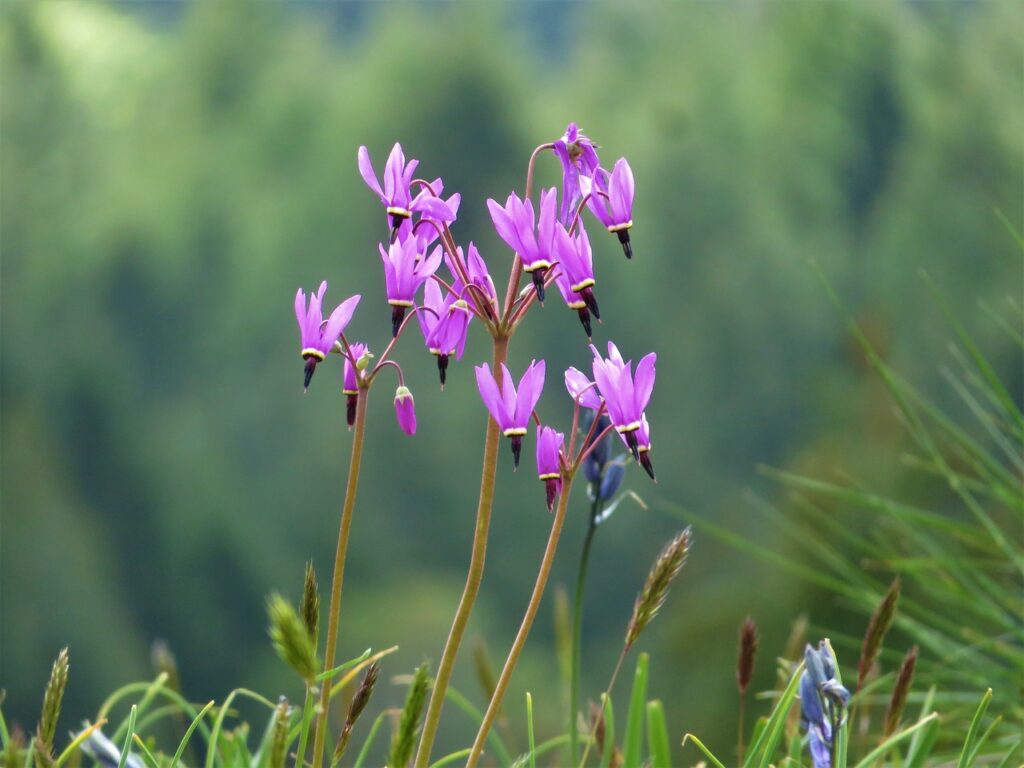
Eastern Shooting Star (Dodecatheon meadia)
Shooting star plants have a distinct look with nodding, pink blooms that are a hit with bumblebees and other early spring pollinators. These plants are naturally deer resistant and can grow in full sun or part shade, but they should be cold stratified if you want to grow them from seed!
- Light requirements: Part shade
- Water requirements: Average
- Primary pollinators: Bumblebees
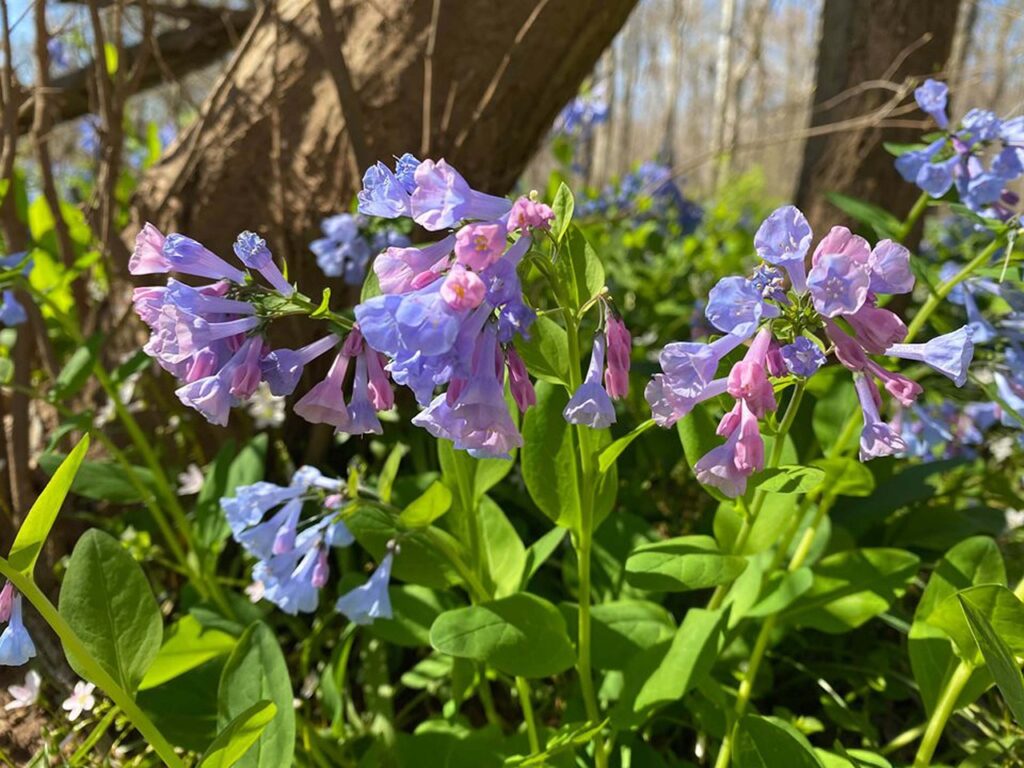
Frequently Asked Questions About Native Spring Ephemeral Plants
Are violets spring ephemerals?
Common violets are spring ephemerals that are native to the United States. Many people consider violets to be weeds, but these plants have many benefits and they’re host plants to native mining bees.
How do you plant spring ephemerals?
Most spring ephemerals are purchased as bare root plants, bulbs or tubers that are planted in early fall. Follow the plant packaging to determine planting depth and spacing and consider using a bulb planter to make the planting process go faster if you have a lot of ephemerals to plant!
Do deer eat spring ephemerals?
Deer will eat some spring ephemerals. If you have a lot of deer in your area, look for deer-resistant ephemeral varieties like eastern shooting stars, hepatica and jack in the pulpit.
